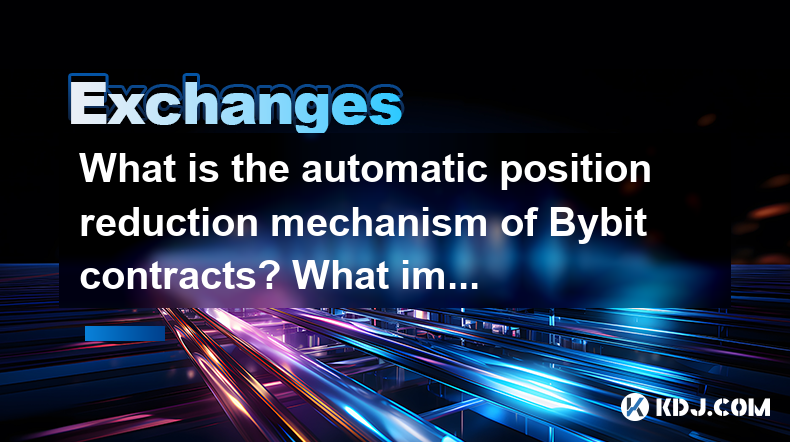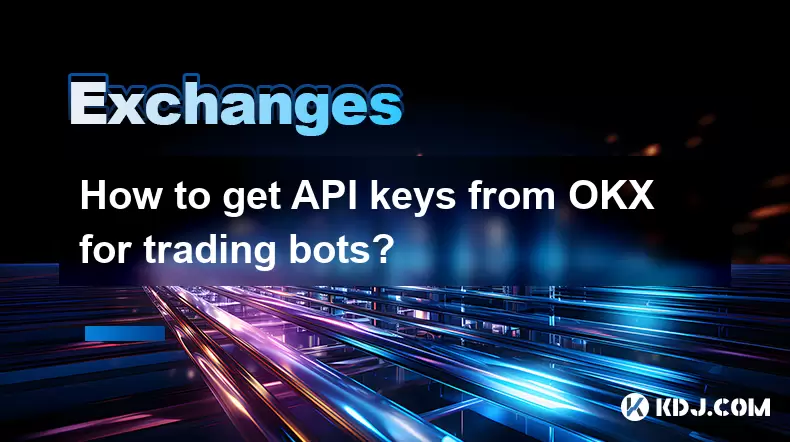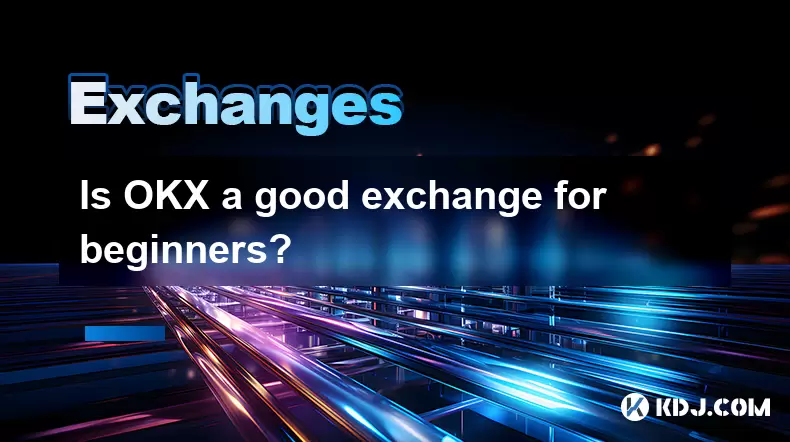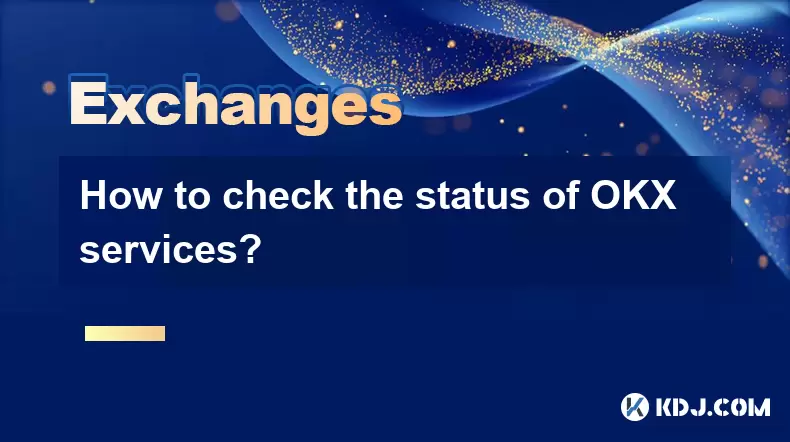-
 Bitcoin
Bitcoin $108,463.3266
-1.47% -
 Ethereum
Ethereum $2,535.8576
-3.62% -
 Tether USDt
Tether USDt $1.0006
0.02% -
 XRP
XRP $2.2352
-2.24% -
 BNB
BNB $658.1049
-0.63% -
 Solana
Solana $149.9207
-2.53% -
 USDC
USDC $0.9998
-0.07% -
 TRON
TRON $0.2857
0.45% -
 Dogecoin
Dogecoin $0.1659
-4.24% -
 Cardano
Cardano $0.5784
-3.85% -
 Hyperliquid
Hyperliquid $38.4944
-4.70% -
 Sui
Sui $2.9107
-4.19% -
 Bitcoin Cash
Bitcoin Cash $485.3637
-3.32% -
 Chainlink
Chainlink $13.3074
-4.18% -
 UNUS SED LEO
UNUS SED LEO $9.0499
0.41% -
 Avalanche
Avalanche $18.0347
-3.98% -
 Stellar
Stellar $0.2394
-2.23% -
 Toncoin
Toncoin $2.8110
-2.68% -
 Shiba Inu
Shiba Inu $0.0...01155
-3.23% -
 Litecoin
Litecoin $87.7967
-3.87% -
 Hedera
Hedera $0.1555
-2.87% -
 Monero
Monero $317.3839
-1.79% -
 Polkadot
Polkadot $3.4144
-4.90% -
 Dai
Dai $1.0000
-0.02% -
 Ethena USDe
Ethena USDe $1.0003
0.00% -
 Bitget Token
Bitget Token $4.4734
-2.29% -
 Uniswap
Uniswap $7.2556
-6.53% -
 Pepe
Pepe $0.0...09693
-7.27% -
 Aave
Aave $267.0924
-4.81% -
 Pi
Pi $0.4834
-3.31%
What is the automatic position reduction mechanism of Bybit contracts? What impact does it have on traders?
Bybit's Auto-Deleveraging system reduces positions of profitable traders to cover losses when the insurance fund is insufficient, ensuring market stability.
May 01, 2025 at 09:22 pm

The automatic position reduction mechanism, also known as the Auto-Deleveraging (ADL) system, is a critical feature implemented by Bybit, a leading cryptocurrency derivatives exchange, to manage risk and maintain market stability. This mechanism comes into play when a trader's position is liquidated, and there are not enough funds in the insurance fund to cover the losses. In such scenarios, the ADL system automatically reduces the positions of other traders who have taken the opposite side of the liquidated position. This article will delve into the intricacies of Bybit's ADL system and explore its impact on traders.
Understanding the Auto-Deleveraging Mechanism
Bybit's Auto-Deleveraging (ADL) system is designed to ensure that the exchange can handle extreme market conditions without compromising the integrity of the platform. When a trader's position is liquidated, the exchange first attempts to use the insurance fund to cover the losses. If the insurance fund is insufficient, the ADL system is triggered. The system then identifies traders with opposing positions who have the highest profit ratios and reduces their positions to cover the shortfall.
The ADL system operates based on a priority list, which ranks traders according to their profit ratios. Traders with the highest profit ratios are the first to be affected by the ADL. This ensures that the system targets those who have benefited the most from the market movements, thereby maintaining fairness and balance within the trading ecosystem.
How the ADL System Works
When the ADL system is activated, it follows a specific sequence of steps to reduce positions:
- Identify the liquidated position: The system first identifies the position that has been liquidated and calculates the amount of funds needed to cover the losses.
- Check the insurance fund: The exchange checks if the insurance fund has sufficient funds to cover the losses. If not, the ADL system is triggered.
- Rank traders by profit ratio: The system ranks all traders with opposing positions based on their profit ratios, from highest to lowest.
- Reduce positions: Starting with the trader with the highest profit ratio, the system reduces their position until the required funds are collected or until all eligible traders have been affected.
This process ensures that the exchange can manage risk effectively while minimizing the impact on individual traders.
Impact on Traders
The ADL system can have significant implications for traders, both positive and negative. Understanding these impacts is crucial for anyone trading on Bybit.
Positive Impact: For traders who are not affected by the ADL, the system helps maintain market stability and prevents cascading liquidations that could lead to significant losses. By ensuring that the exchange can handle extreme market conditions, the ADL system contributes to a more secure trading environment.
Negative Impact: Traders who are affected by the ADL may experience a sudden reduction in their positions, which can lead to unexpected losses. This is particularly true for traders with high profit ratios, as they are the first to be targeted by the system. Additionally, the ADL can disrupt trading strategies and force traders to adjust their positions unexpectedly.
Strategies to Minimize ADL Risk
While the ADL system is an essential part of Bybit's risk management framework, traders can take steps to minimize their exposure to it:
- Monitor profit ratios: Traders should regularly monitor their profit ratios, as those with the highest ratios are the most likely to be affected by the ADL.
- Diversify positions: By diversifying their positions across different assets and markets, traders can reduce their reliance on any single position and lower their risk of being affected by the ADL.
- Use stop-loss orders: Implementing stop-loss orders can help traders limit their losses and reduce the likelihood of their positions being liquidated, which in turn reduces the risk of triggering the ADL system.
Real-World Examples of ADL in Action
To better understand how the ADL system works in practice, let's consider a hypothetical scenario:
Suppose a trader, Alice, has a long position in Bitcoin with a high profit ratio. Another trader, Bob, has a short position in Bitcoin that gets liquidated due to a sudden market movement. The insurance fund is insufficient to cover Bob's losses, so the ADL system is triggered. The system identifies Alice as having the highest profit ratio among traders with opposing positions and reduces her long position to cover the shortfall. As a result, Alice experiences an unexpected reduction in her position and potential losses.
This example illustrates how the ADL system can impact traders and highlights the importance of understanding and managing ADL risk.
Conclusion
Bybit's automatic position reduction mechanism, or Auto-Deleveraging (ADL) system, plays a crucial role in maintaining market stability and managing risk on the exchange. While the system can have both positive and negative impacts on traders, understanding how it works and taking steps to minimize ADL risk can help traders navigate the complexities of cryptocurrency derivatives trading.
Frequently Asked Questions
Q1: How often does the ADL system get triggered on Bybit?
The frequency of ADL system triggers on Bybit depends on market conditions and the number of liquidations. During periods of high volatility, the ADL system may be triggered more frequently as more positions are liquidated. However, Bybit's robust risk management framework, including the insurance fund, helps minimize the need for ADL.
Q2: Can traders avoid being affected by the ADL system?
While it is impossible to completely avoid the ADL system, traders can take steps to minimize their risk. Monitoring profit ratios, diversifying positions, and using stop-loss orders can help reduce the likelihood of being affected by the ADL.
Q3: How does Bybit's ADL system compare to other exchanges?
Bybit's ADL system is similar to those implemented by other leading cryptocurrency derivatives exchanges, such as Binance and FTX. However, each exchange may have slight variations in how they prioritize traders for ADL and the specific conditions under which the system is triggered. Traders should familiarize themselves with the ADL policies of each exchange they use.
Q4: What happens to the funds collected through the ADL system?
The funds collected through the ADL system are used to cover the losses of the liquidated position. Any remaining funds are then added to the insurance fund to help prevent future ADL triggers. This ensures that the exchange can continue to manage risk effectively and maintain market stability.
Disclaimer:info@kdj.com
The information provided is not trading advice. kdj.com does not assume any responsibility for any investments made based on the information provided in this article. Cryptocurrencies are highly volatile and it is highly recommended that you invest with caution after thorough research!
If you believe that the content used on this website infringes your copyright, please contact us immediately (info@kdj.com) and we will delete it promptly.
- Bitcoin's Pattern Break: Are HODLers the Key to the Next Surge?
- 2025-07-04 18:50:12
- Bitcoin Price, Trump's Bill, and the $150K Dream: A NYC Take
- 2025-07-04 19:50:12
- Ethereum, LILPEPE, and the July Bounce: Will Pepe Steal ETH's Thunder?
- 2025-07-04 19:10:12
- Binance Institutional Loans: Unlocking 4x Leverage and Zero Interest for Whales
- 2025-07-04 19:15:12
- Bitcoin Bull Run: Analysts Eye Peak in Late 2025?
- 2025-07-04 19:20:13
- Pepe Indicators, Bullish Forecast: Can the Meme Coin Rally?
- 2025-07-04 19:25:12
Related knowledge

How to get API keys from OKX for trading bots?
Jul 03,2025 at 07:07am
Understanding API Keys on OKXTo interact with the OKX exchange programmatically, especially for building or running trading bots, you need to obtain an API key. An API (Application Programming Interface) key acts as a secure token that allows your bot to communicate with the exchange's servers. On OKX, these keys come with customizable permissions such ...

What is OKX Signal Bot?
Jul 02,2025 at 11:01pm
Understanding the Basics of OKX Signal BotThe OKX Signal Bot is a feature within the OKX ecosystem that provides users with automated trading signals and execution capabilities. Designed for both novice and experienced traders, this bot helps identify potential trading opportunities by analyzing market trends, technical indicators, and historical data. ...

Is OKX a good exchange for beginners?
Jul 03,2025 at 05:00pm
What Is OKX and Why Is It Popular?OKX is one of the leading cryptocurrency exchanges globally, known for its robust trading infrastructure and a wide variety of digital assets available for trading. It supports over 300 cryptocurrencies, including major ones like Bitcoin (BTC), Ethereum (ETH), and Solana (SOL). The platform has gained popularity not onl...

Can I use a credit card to buy crypto on OKX?
Jul 04,2025 at 04:28am
Understanding OKX and Credit Card PaymentsOKX is one of the leading cryptocurrency exchanges globally, offering a wide range of services including spot trading, derivatives, staking, and more. Users often wonder whether they can use a credit card to buy crypto on OKX, especially if they are new to the platform or looking for quick ways to enter the mark...

How to check the status of OKX services?
Jul 02,2025 at 11:14pm
What is OKX, and Why Checking Service Status Matters?OKX is one of the world’s leading cryptocurrency exchanges, offering services such as spot trading, futures trading, staking, and more. With millions of users relying on its platform for daily transactions, it's crucial to know how to check the status of OKX services. Downtime or maintenance can affec...

Does OKX report to tax authorities like the IRS?
Jul 03,2025 at 03:14pm
Understanding the Role of Cryptocurrency Exchanges in Tax ReportingCryptocurrency exchanges play a crucial role in facilitating digital asset transactions, but their responsibilities extend beyond trading and custody. As regulatory scrutiny intensifies globally, users are increasingly concerned about whether platforms like OKX report to tax authorities ...

How to get API keys from OKX for trading bots?
Jul 03,2025 at 07:07am
Understanding API Keys on OKXTo interact with the OKX exchange programmatically, especially for building or running trading bots, you need to obtain an API key. An API (Application Programming Interface) key acts as a secure token that allows your bot to communicate with the exchange's servers. On OKX, these keys come with customizable permissions such ...

What is OKX Signal Bot?
Jul 02,2025 at 11:01pm
Understanding the Basics of OKX Signal BotThe OKX Signal Bot is a feature within the OKX ecosystem that provides users with automated trading signals and execution capabilities. Designed for both novice and experienced traders, this bot helps identify potential trading opportunities by analyzing market trends, technical indicators, and historical data. ...

Is OKX a good exchange for beginners?
Jul 03,2025 at 05:00pm
What Is OKX and Why Is It Popular?OKX is one of the leading cryptocurrency exchanges globally, known for its robust trading infrastructure and a wide variety of digital assets available for trading. It supports over 300 cryptocurrencies, including major ones like Bitcoin (BTC), Ethereum (ETH), and Solana (SOL). The platform has gained popularity not onl...

Can I use a credit card to buy crypto on OKX?
Jul 04,2025 at 04:28am
Understanding OKX and Credit Card PaymentsOKX is one of the leading cryptocurrency exchanges globally, offering a wide range of services including spot trading, derivatives, staking, and more. Users often wonder whether they can use a credit card to buy crypto on OKX, especially if they are new to the platform or looking for quick ways to enter the mark...

How to check the status of OKX services?
Jul 02,2025 at 11:14pm
What is OKX, and Why Checking Service Status Matters?OKX is one of the world’s leading cryptocurrency exchanges, offering services such as spot trading, futures trading, staking, and more. With millions of users relying on its platform for daily transactions, it's crucial to know how to check the status of OKX services. Downtime or maintenance can affec...

Does OKX report to tax authorities like the IRS?
Jul 03,2025 at 03:14pm
Understanding the Role of Cryptocurrency Exchanges in Tax ReportingCryptocurrency exchanges play a crucial role in facilitating digital asset transactions, but their responsibilities extend beyond trading and custody. As regulatory scrutiny intensifies globally, users are increasingly concerned about whether platforms like OKX report to tax authorities ...
See all articles

























































































